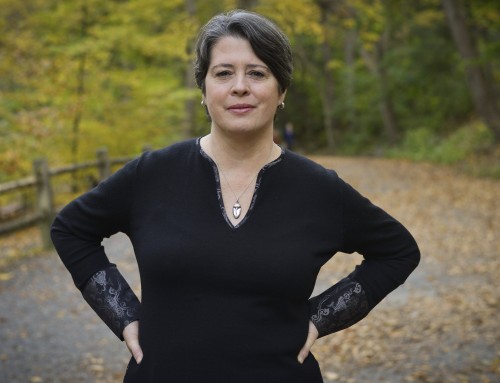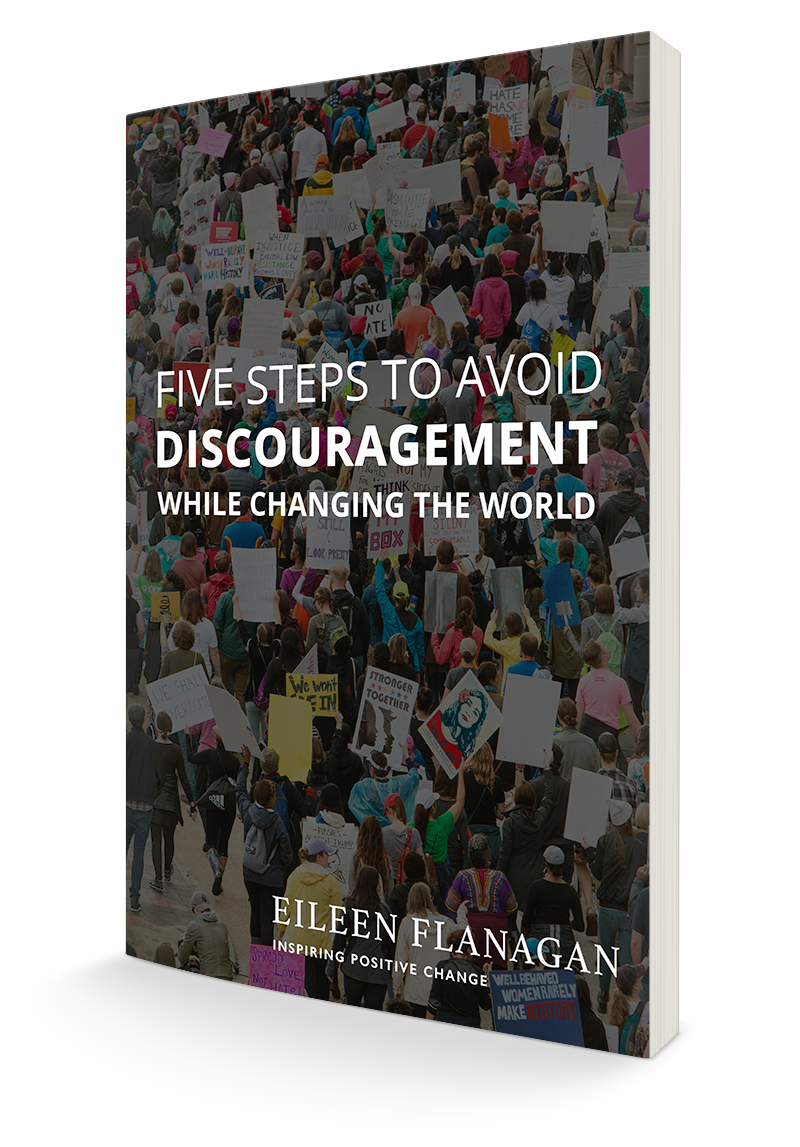My friend Miriam Peskowitz says that people love lists, which is why my If you Love a Writer post got copied all over the place. Although I make lists like crazy at home, it’s not my usual blogging style, but I’m going to give it another shot to see if she’s right. So after my second book talk, I’m going to venture 8 Things I’ve Learned (so far) About Giving Book Talks. Please post your suggestions in the comments:
- Don’t worry. If you have done a good job with publicity, people will show up, though not necessarily the ones who told you they would.
- Trust yourself, but also trust the booksellers. I knew that I would probably get a good crowd, so I’m glad I persisted in convincing the bookstore to order more than their usual number of books. But I think my optimism also got a little out of hand. Fearing they still wouldn’t have enough, I had a box of twenty books in my trunk—just in case all those “unresponded” Facebook friends showed up. Turns out the professional booksellers actually know a thing or two, like the fact that not everyone who comes to a reading will buy the book. In the end, we had the perfect amount. (Didn’t I just write a book about not worrying?)
- Don’t be afraid to “take up space,” as one writer friend put it. At my first book talk in Scranton, the bookstore owner said to speak for ten minutes and then take questions. That sounded short to me, but she said that leaving people wanting more was better than boring them to death. Though I think she has a point, I should have trusted my own sense and planned to speak a bit more. Although we had a nice dialog during the Q&A, I had the feeling afterward that people who had driven a ways to hear me deserved more.
- Think ahead about whether anything you are planning to read would be less appropriate if children were in the audience. It was only as I approached the word “fucking” (uttered by a man after he became paralyzed) that I realized how many little ears were present. I covered, but still…could have seen that one coming. (Love that people brought their kids!)
- I learned after Scranton to think about the overall impression given by the assortment of readings. That night I didn’t realize until the end that I had picked two stories that were both about men, when I had an all female audience. Oops.
- After the Q&A, end with a bit of reading. This also came from Miriam, who says she likes it when people read/talk for 20 minutes, respond to questions, and then end with a little more reading. I tried that last night, picking something from the Conclusion, and it seemed to work well.
- Miriam also suggested I print a sign up sheet for people who aren’t already your friends to leave their email addresses. This was a great idea, but note to self: don’t make the lines too small if your book tends to draw people over 40. (Miriam writes for daring kids.)
- If it’s a party atmosphere, bring more cheese and fewer bottles of wine (at least if it’s a weeknight, and half your audience are Quakers, parents, or both). Who knew the cheese would be so popular?
(For some reason I’m having trouble posting Martin Kelley’s pictures of the event, but they can be seen here. Thanks, Martin!)




Eileen, it was a wonderful signing, and an important and intimate and lovely book. Thank you for writing, and for sharing your wisdom. xo, Miriam
I was at the reading and have started to read the book. It really speaks to issues I am dealing with right now. I thought the reading was wonderful… the space, the food, the topic. We even got to practice the concept of "doing something or letting go" when we had the one child who needed to be taken out of the room because he couldn’t stop talking during the your talk. Serenity is not easy-even when everyone is on the same page. I guess when we figure it all out…we will be ready for the next life.
I was at the reading and have started to read the book. It really speaks to issues I am dealing with right now. I thought the reading was wonderful… the space, the food, the topic. We even got to practice the concept of "doing something or letting go" when we had the one child who needed to be taken out of the room because he couldn’t stop talking during the your talk. Serenity is not easy-even when everyone is on the same page. I guess when we figure it all out…we will be ready for the next life.
Sorry- I clicked create post twice!
Thanks for sharing this great post with us. Nike Air